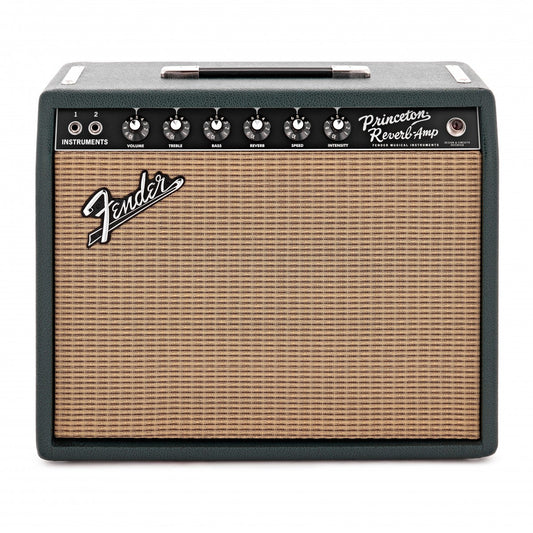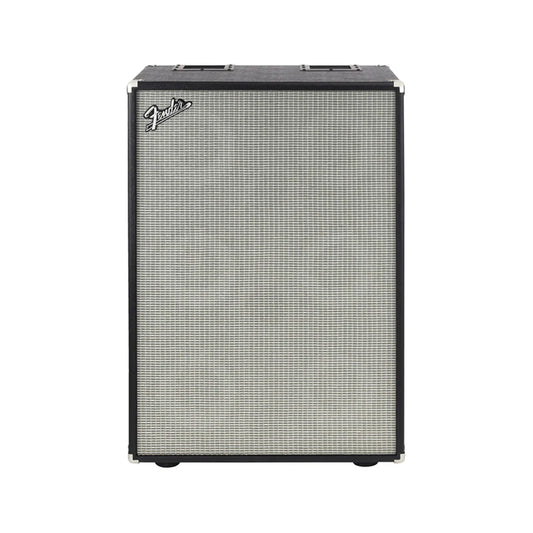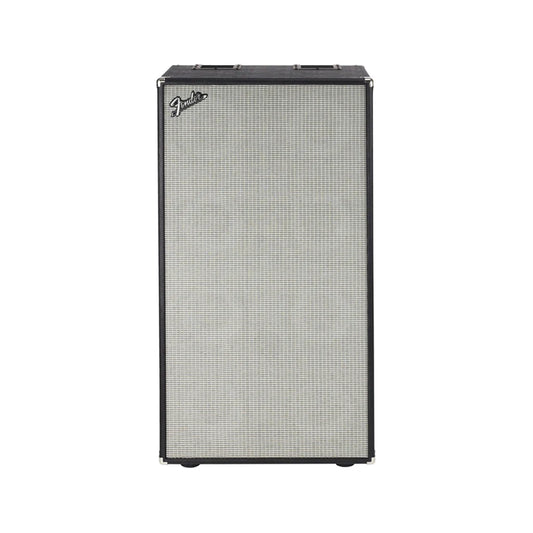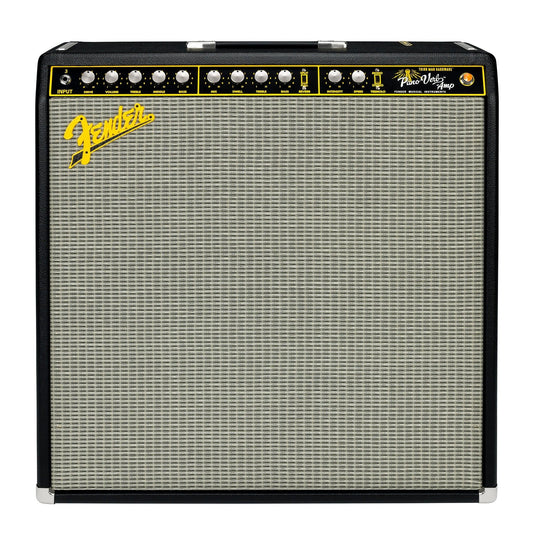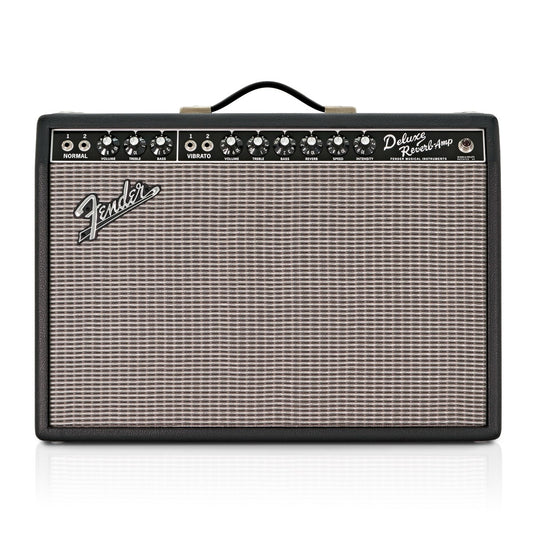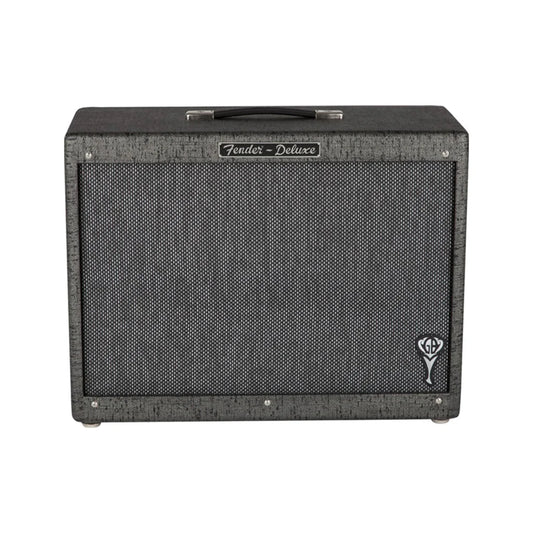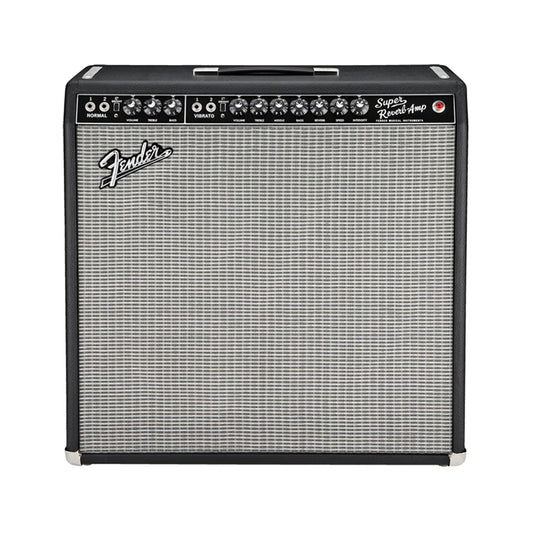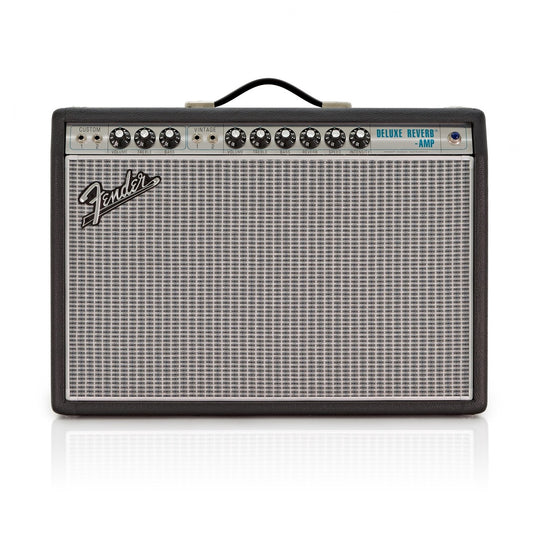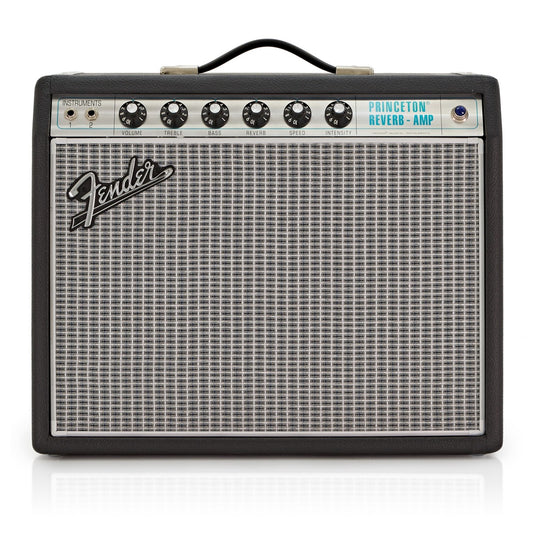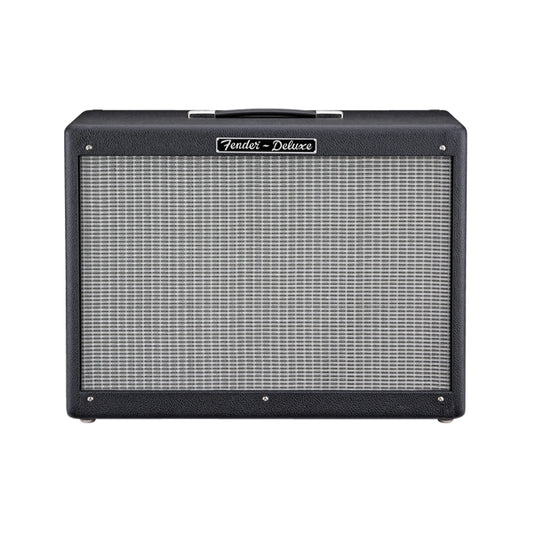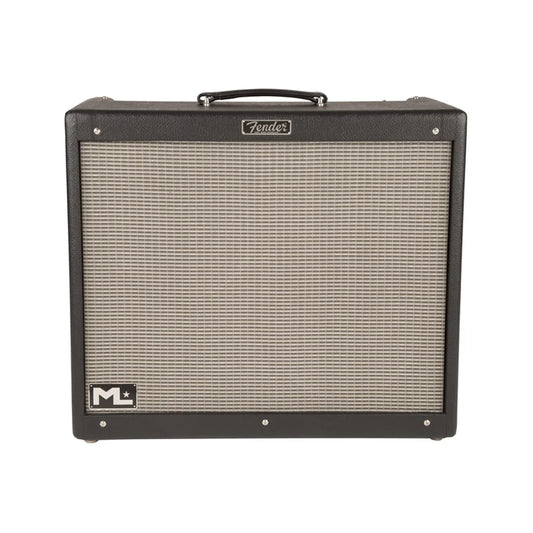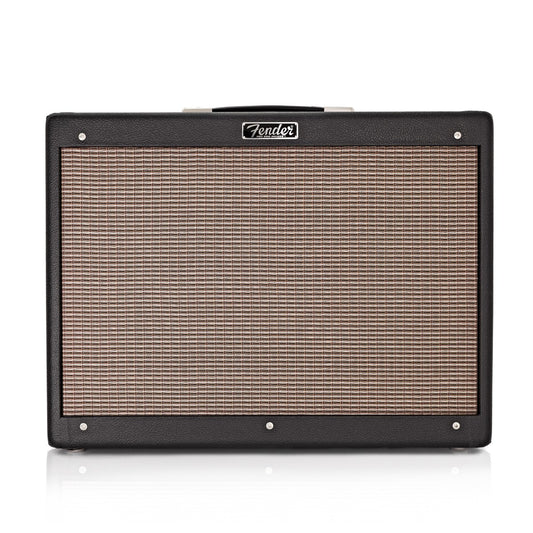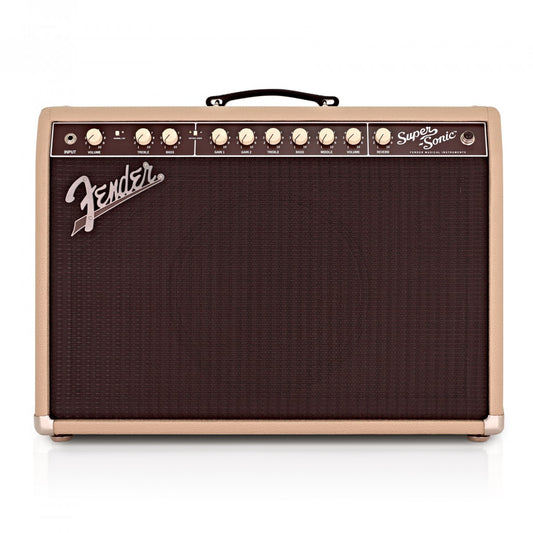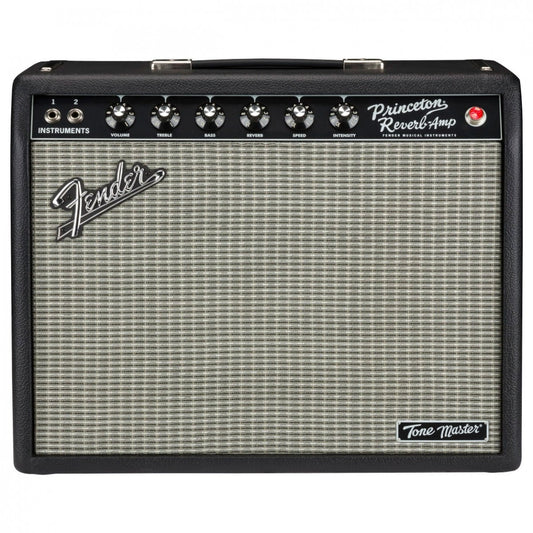Amplifier
Amplifier
Amplifier là gì?
Amplifier (viết tắt là "Ampli") là thiết bị khuếch đại và điều chỉnh tín hiệu âm thanh.
Các hãng thường sản xuất Ampli đi kèm Loa, tích hợp với nhau trong một bộ vỏ để tạo thành một bộ thiết bị, có thể kết nối nguồn phát tín hiệu vào và sử dụng được ngay.
Khi nghe nhạc, xem phim... từ các nguồn phát như máy tính, điện thoại... chúng ta chỉ cần kết nối với một thiết bị thường được gọi là "Loa" là có thể phát ra âm thanh ngay. Nhưng thực chất, bên trong "Loa" là 1 bộ thiết bị bao gồm Ampli (khuếch đại tín hiệu, điều chỉnh tín hiệu tăng - giảm, trầm - bổng...) và Loa (phát ra âm thanh sau khi tín hiệu đã đi qua Amp) kết hợp với nhau.
Có 2 loại Ampli:
- Ampli cho âm thanh: Được thiết kế để nhận tín hiệu ở mức mic level, tương đương với cổng output (headphone) của điện thoại, máy tính, đầu đĩa, máy nghe nhạc, đàn Organ… các Ampli này thường dùng để nghe nhạc, xem phim, hát karaoke...
- Ampli nhạc cụ chuyên dụng: Được thiết kế chuyên dụng cho một số nhạc cụ nhất định.
Amplifier nhạc cụ chuyên dụng.
Những nhạc cụ như guitar thùng (classic/acoustic) có gắn Pickup, guitar điện, guitar bass, guitar silent, trống điện... đòi hỏi dòng Ampli chuyên dụng phù hợp để tạo đúng chất tiếng cho nhạc cụ.
Mỗi loại nhạc cụ thường sẽ có 1 loại Ampli riêng được chế tạo để phù hợp với nhạc cụ đó, việc sử dụng sai loại Ampli sẽ khiến mất đi sự đặc sắc của nhạc cụ. Nếu bạn muốn chất âm tốt nhất cho từng loại nhạc cụ, nên dùng ampli chuyên biệt:
Ampli cho guitar điện (Electric Guitar Ampli).
- Mạch được thiết kế để xử lý tín hiệu từ pickup magnetic (humbucker hoặc single-coil).
- Âm thanh thường được “màu” hóa - thêm compression, EQ đặc trưng, và có thể tạo distortion/overdrive.
- Dải tần không quá rộng, thường cắt bớt treble cao và bass sâu để phù hợp với tiếng guitar điện.
- Nếu dùng ampli điện cho guitar acoustic, tiếng sẽ bị “đục” hoặc mất tự nhiên.
Ampli cho guitar acoustic / classic (Acoustic Guitar Amp).
- Thiết kế để tái tạo âm thanh trung thực, sạch và rõ, giữ nguyên âm sắc tự nhiên của đàn.
- Dải tần rộng hơn (full-range), gần giống loa monitor.
- Thường có thêm kênh cho micro (hát + đàn cùng lúc).
- Nếu dùng ampli acoustic / classic cho guitar điện, tiếng sẽ nghe “phẳng” và thiếu màu sắc đặc trưng.
Ampli cho guitar bass (Bass Amp).
- Xử lý tần số thấp tốt, màng loa to (10–15 inch) và công suất lớn.
- Mạch chịu được tín hiệu mạnh, tránh méo tiếng ở tần số bass.
- Nếu dùng ampli bass cho guitar điện, tiếng sẽ bị tối và thiếu mid/treble; ngược lại, dùng ampli điện cho bass dễ làm hỏng loa.
Ampli cho trống điện (Drum Ampli / Electronic Drum Monitor).
- Tái tạo dải tần rộng (từ bass sâu của kick drum tới treble cao của cymbal), chịu được áp lực âm thanh lớn (high SPL).
- Công suất lớn, loa trầm (woofer) to kèm loa treble.
- Âm thanh trung thực, không méo ở volume cao.
- Có thể nghiêng mặt loa như monitor để người chơi nghe trực tiếp.
- Không nên dùng ampli guitar/bass cho trống điện vì dải tần hẹp và dễ hỏng loa.
Ampli cho keyboard (Keyboard Amp).
- Keyboard phát ra âm thanh của nhiều loại nhạc cụ, cần ampli full-range, gần giống hệ thống PA.
- Dải tần rất rộng (từ bass sâu đến treble cao).
- Thường có nhiều kênh để cắm nhiều nhạc cụ hoặc micro.
- Loa to, công suất khá lớn để dùng cho ban nhạc hoặc sân khấu nhỏ.
- Nếu dùng ampli keyboard cho guitar, tiếng sẽ rất phẳng (không có “màu” như Ampli guitar).
Ampli cho vocal (PA System / Vocal Amp).
- Khuếch đại giọng hát rõ ràng, tự nhiên.
- Thường có mixer tích hợp (EQ, reverb, delay cho vocal).
- Dải tần thiên về mid và high, giúp giọng nổi bật.
- Thường là dạng loa PA + ampli hoặc combo nhỏ gọn.
- Có thể dùng để hát kèm đàn acoustic nhưng không tối ưu cho guitar điện.
Ampli đa năng / PA Monitor.
- Một số loại Ampli được thiết kế để có thể điều chỉnh phù hợp với nhiều loại nhạc cụ khác nhau.
- Full-range, công suất lớn, có mixer.
- Thường dùng cho phòng tập, sân khấu nhỏ.
Amplifier Head / Cabinet / Combo.
Amplifier Combo.
Các bộ Ampli nhạc cụ chuyên dụng thường được sản xuất bao gồm Ampli đi kèm Loa, tích hợp với nhau trong một bộ vỏ để tạo thành 1 bộ thiết bị được gọi là Combo. Ví dụ: Fishman Loudbox mini, Alesis Strike, Marshall MG30FX...
Amplifier Head / Cabinet.
Ngoài ra, các hãng còn sản xuất Ampli và Loa riêng lẻ.
- Các Ampli nhạc cụ riêng lẻ được gọi là Head (đầu), chỉ có chức năng khuếch đại tín hiệu và điều chỉnh tín hiệu âm thanh, không phát ra âm thanh có thể nghe được vì không có Loa.
- Các Loa riêng lẻ được gọi là Cabinet (tủ), có chức năng nhận tín hiệu từ Ampli và phát ra âm thanh sau khi Ampli đã khuếch đại tín hiệu. Cabinet cũng không thể tự phát ra âm thanh nếu kết nối trực tiếp đến nhạc cụ mà không thông qua Ampli, vì các nguồn phát tín hiệu từ nhạc cụ thường có cường độ rất nhỏ, cần phải qua Ampli để khuếch đại công suất lên.
Để sử dụng, chúng ta phải kết hợp một Head với một (hoặc nhiều) Cabinets.
Solid state (analog), tube, modeling (digital), và hybrids.
Solid-state ampli.
Những bộ khuếch đại này được gọi là Solid-state vì chúng sử dụng transistors (bóng bán dẫn) cho phần preAmpli và phần nguồn. Chúng rất đáng tin cậy và hiếm khi cần sửa chữa. Chúng thường có âm sắc rất rõ ràng, mặc dù nhiều âm thanh cũng có “sự biến dạng”. Những bộ khuếch đại này phổ biến với những người chơi đang tìm kiếm một bộ khuếch đại để biểu diễn.
Tube ampli.
Bộ khuếch đại Tube được nhiều nghệ sĩ guitar ưa thích vì âm thanh ấm áp, dày dặn và độ méo tiếng “organic”. Bộ khuếch đại tube thường cho âm thanh to hơn so với bộ khuếch đại Solid-state có cùng công suất và có “cảm giác” rõ ràng mà bạn không có được từ bộ khuếch đại Solid-state. Hầu hết các Ampli tube đều có các kênh riêng biệt có thể chuyển từ âm thanh rõ sang âm méo ngay lập tức. Hiệu suất của Ampli tube có thể suy giảm theo thời gian, vì vậy thỉnh thoảng tube cần được thay đổi.
Modeling ampli.
Bộ khuếch đại Modeling sử dụng bộ xử lý kỹ thuật số để mô phỏng âm thanh của Ampli công nghệ tube kiểu cũ. Sử dụng phần mềm “mô hình hóa” âm thanh của bộ khuếch đại tube, những bộ khuếch đại này đặt âm thanh của nhiều bộ khuếch đại vào một bộ amp. Bộ khuếch đại Modeling có thể lập trình và thường có các hiệu ứng kỹ thuật số tích hợp như delay, chorus, v.v. Một số bao gồm đầu ra kỹ thuật số hoặc analog với mô phỏng loa để truyền trực tiếp vào recording interface hoặc hệ thống PA.
Hybrid ampli.
Kết hợp những ưu điểm tốt nhất của từng loại bộ khuếch đại vào một bộ amp, những bộ khuếch đại này sử dụng ống tube thực tế kết hợp với bóng bán dẫn.
Việt Music kinh doanh, phân phối các dòng sản phẩm Amplifier nhạc cụ chuyên dụng đến từ các thương hiệu nổi tiếng (Marshall, PRS, Yamaha, Boss...) cho từng loại nhạc cụ khác nhau.
